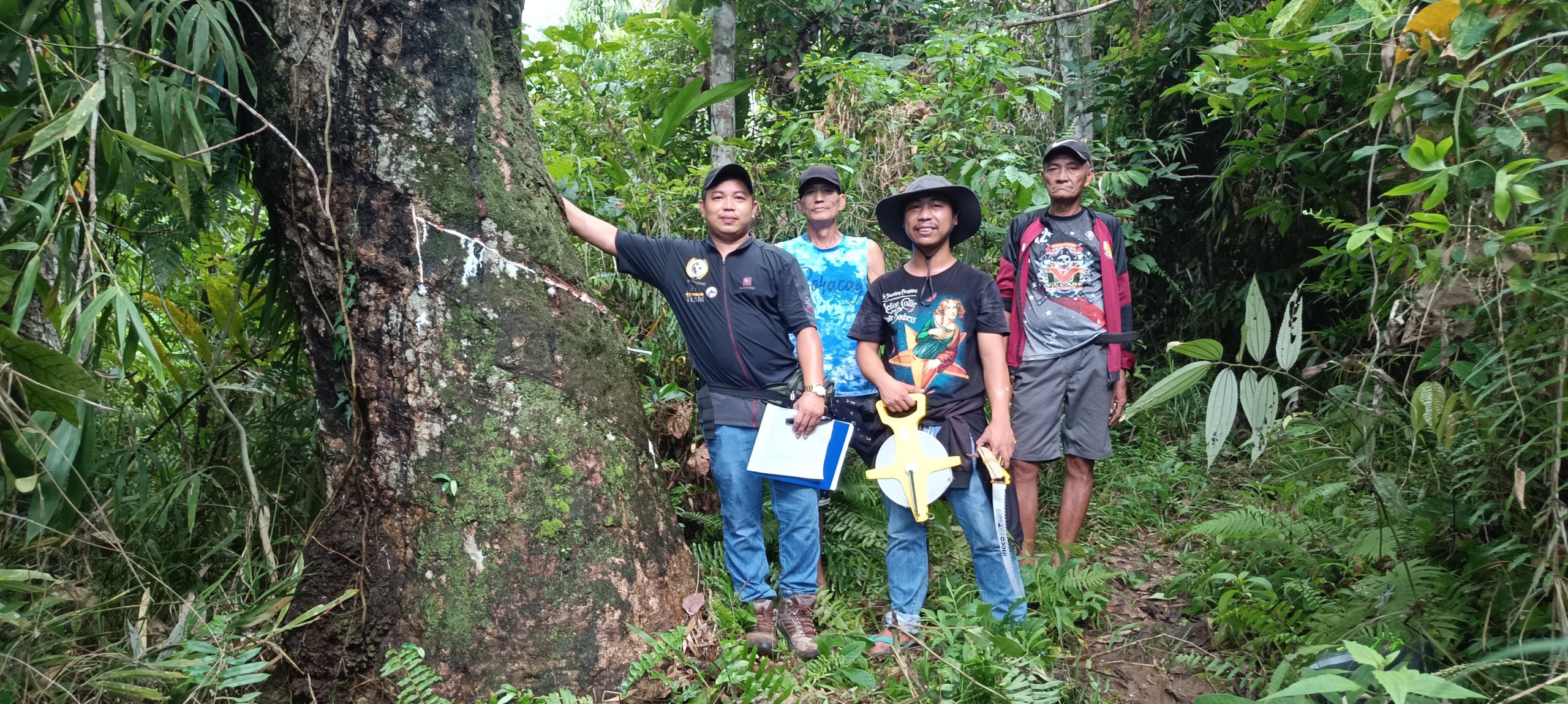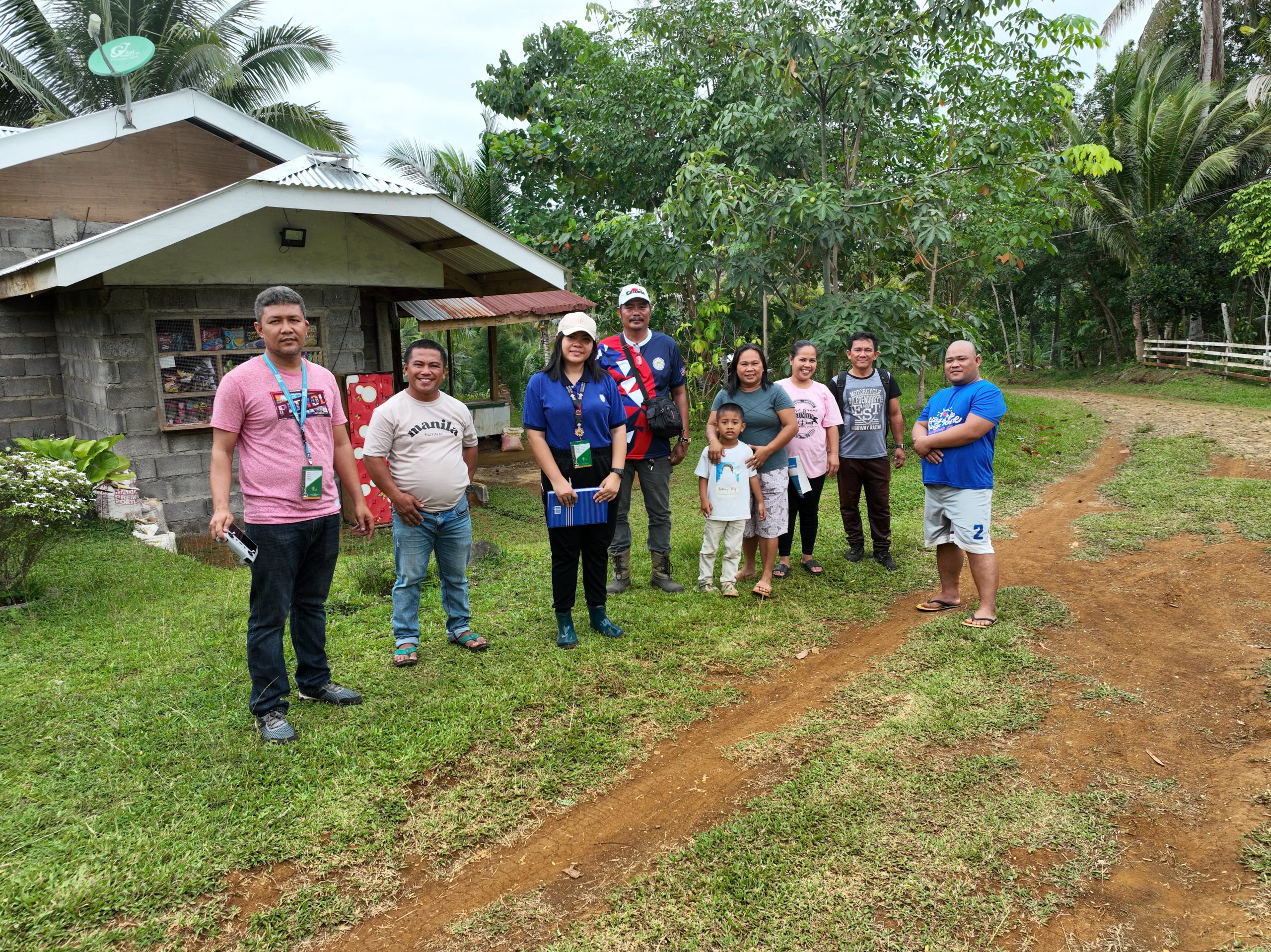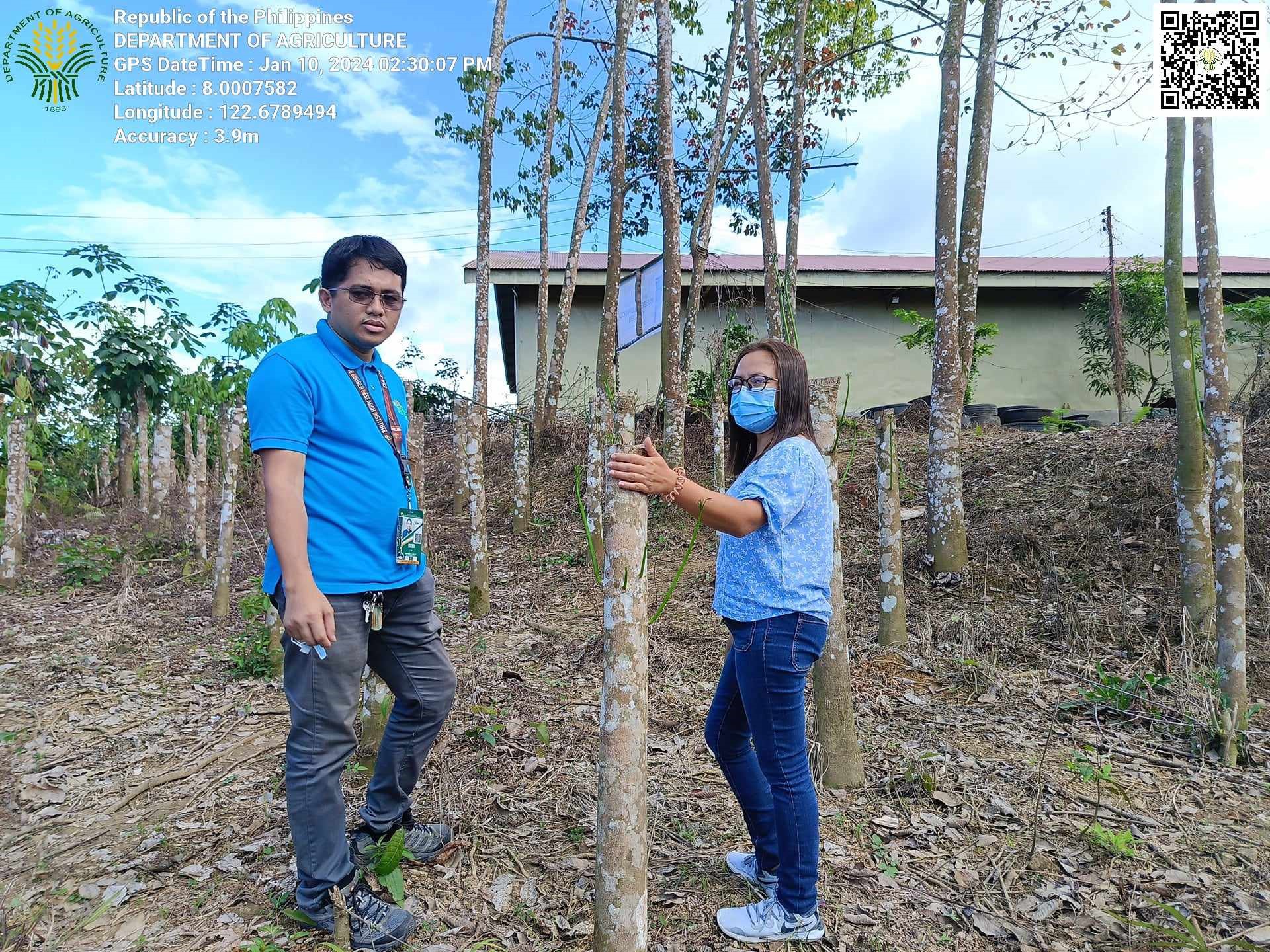𝑷𝑹𝑹𝑰 𝑪𝒐𝒏𝒅𝒖𝒄𝒕𝒔 𝑭𝒊𝒆𝒍𝒅 𝑽𝒂𝒍𝒊𝒅𝒂𝒕𝒊𝒐𝒏 𝒐𝒇 𝑷𝑳𝑭𝑫-𝑨𝒇𝒇𝒆𝒄𝒕𝒆𝒅 𝑭𝒂𝒓𝒎𝒔
𝒊𝒏 𝑫𝒂𝒗𝒂𝒐 𝒅𝒆 𝑶𝒓𝒐 𝒂𝒏𝒅 𝑩𝒖𝒌𝒊𝒅𝒏𝒐𝒏
Mr. Roman Dagdag from the Crop Management Division of the Philippine Rubber Research Institute (PRRI-CMD) conducted field validation in Monkayo, Davao de Oro, and Malaybalay City, Bukidnon, from October 8-12 and 15-19, 2024. Working in coordination with the City and Municipal Agriculturist Office, Mr. Dagdag and the team assessed farms suspected of having Pesta Leaf Fall Disease (PLFD). Findings revealed moderate to severe infections, with nearly all trees showing signs of infection, accompanied by photo documentation.
PRRI is committed to ensuring that affected farms receive the necessary assistance. Moreover, we would like to extend our gratitude to the cooperative personnel from the Monkayo and Malaybalay Municipal Agricultural offices.
#PRRI-CMD #FightAgainstPLFD #ValidationTeam





